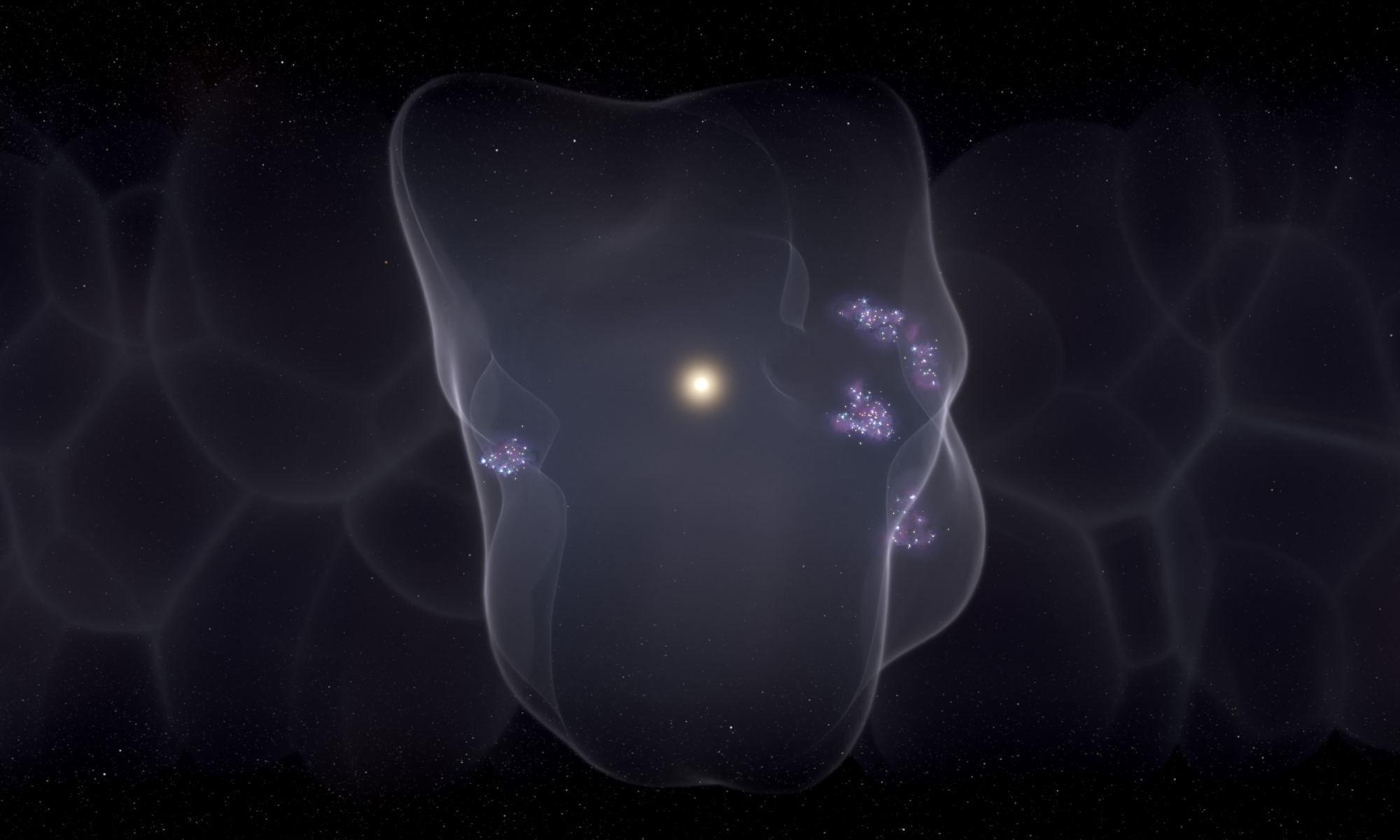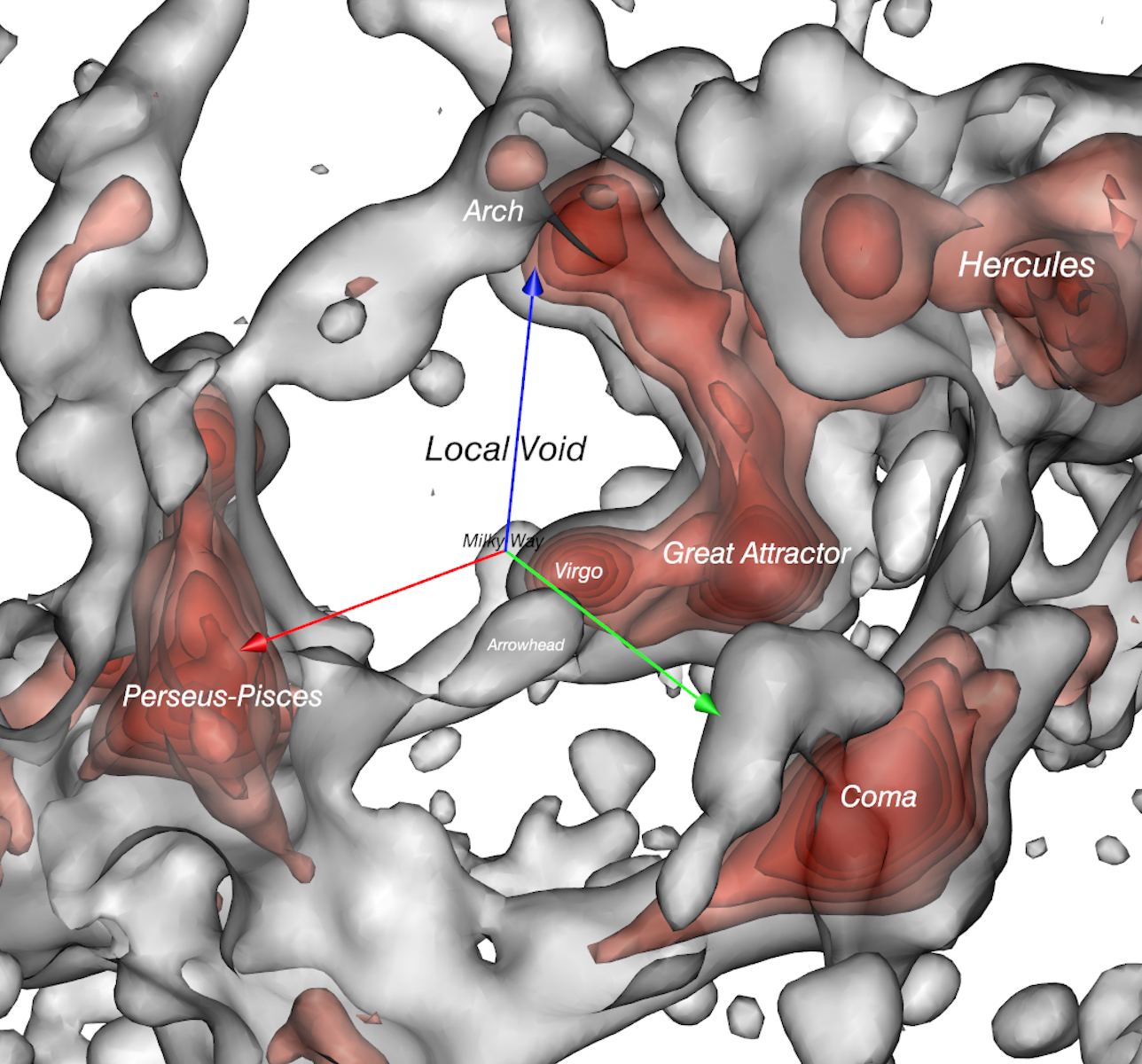The Sun isn’t the only star in this galactic neighbourhood. Other stars also call this neighbourhood home. But what’s the neighbourhood’s history? What triggered the birth of all those stars?
A team of astronomers say they’ve pieced the history together and identified the trigger: a series of supernovae explosions that began about 14 million years ago.
Continue reading “Nearby Supernovae Exploded Just a few Million Years Ago, Leading to a Wave of Star Formation Around the Sun”

